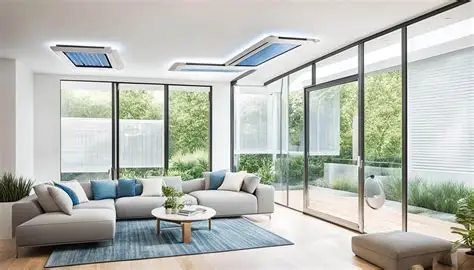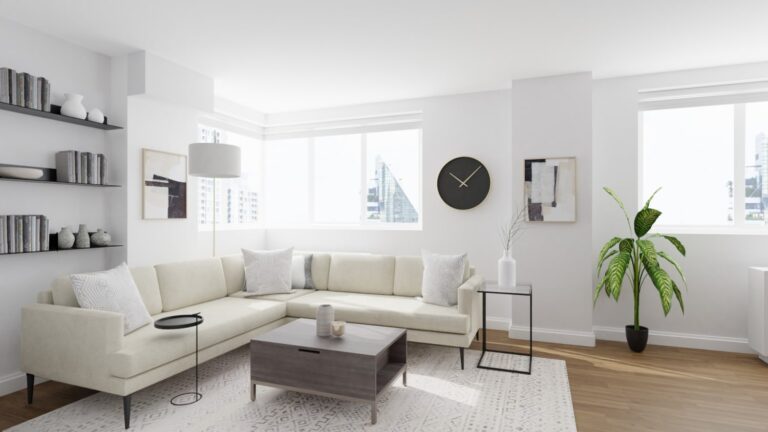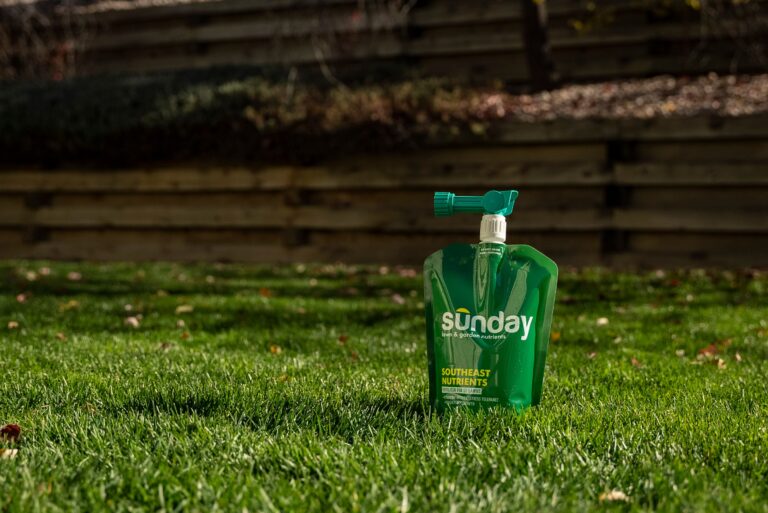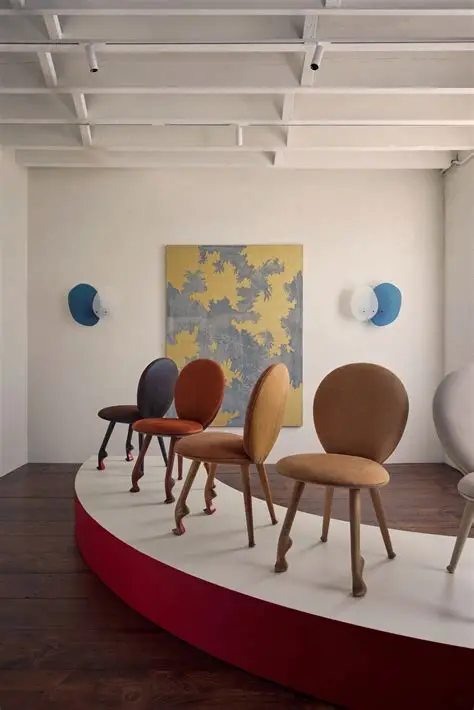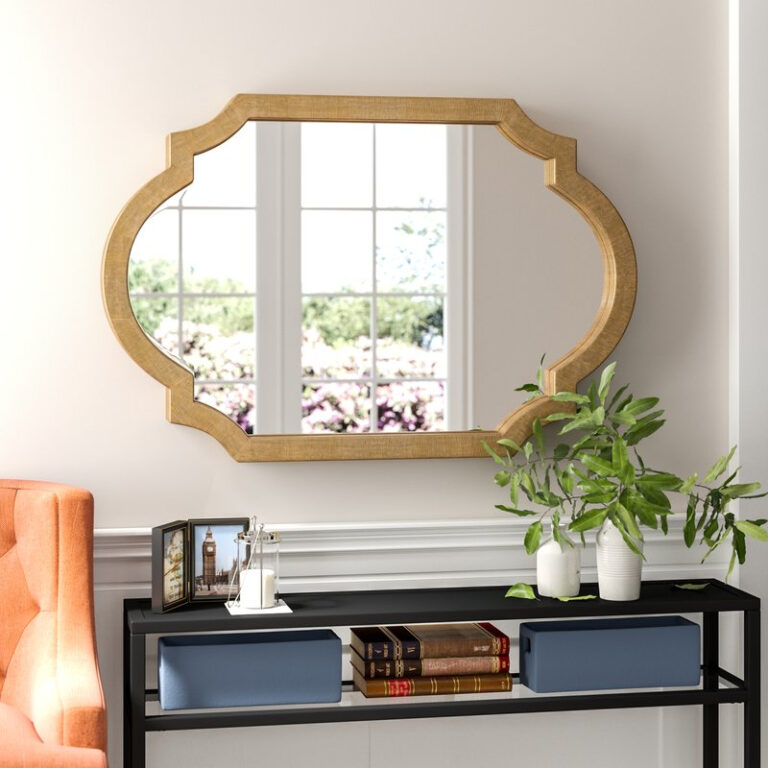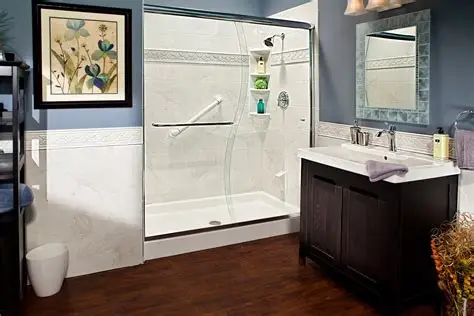Effective Home Cooling Solutions
Your home doesn’t need a high-power air conditioner to stay comfortable. With intentional design and smart product choices, you can significantly reduce indoor temperatures, slash cooling energy use, and create a more pleasant indoor climate. Below are 10 actionable methods, supported by real-world product examples, that help you keep your home cooler without installing a full air-conditioning system.
Why reducing reliance on air conditioning is smart
Using air conditioning is expensive in terms of electricity bills, and in many climates, the indoor space still feels stuffy because of high humidity or poor envelope design. Natural strategies and supportive technologies can keep air moving, reject heat before it enters, and maintain comfort. For example, experts recommend cross-ventilation, shading, and reflective films as effective low-energy tactics.
Beyond cost savings, cooling without AC offers environmental benefits, fewer mechanical breakdowns, and less dependence on utility supply or maintenance. It also encourages a mindset of efficient design which pays dividends year after year.
Airflow & ventilation are foundational
Make the most of cross-ventilation
Opening windows on opposite sides of your home allows cooler outside air to flow in and stale warm air to exit. This creates a natural airflow “tunnel” that can significantly drop indoor temperature. One source notes that simple cross-ventilation combined with exhaust fans improves airflow and cooling.
When you position fans to pull cooler air from shaded areas and push warmer air out, you enhance the effect. Since air movement helps your body feel cooler via increased evaporation of sweat, proper ventilation is more than just draft it’s active cooling.
Use fans strategically
Ceiling fans, tower fans, or even low-cost stand fans are key tools. For best effect, ceiling fans should rotate counter-clockwise in summer to push air downward and increase comfort.
This is a low-energy way to feel cooler without lowering the actual temperature, which means less strain on passive cooling systems. Fan placement matters: near windows, doorways, or in rooms with stale air to either bring in fresh air or exhaust warm air.
Block and reject heat before it enters
Use window treatments and reflectors
Windows are major heat entry points when direct sunlight hits them. Installing thermal curtains, reflective window film, or external shades blocks solar gain and helps maintain indoor comfort. Experts say blocking sunlight through window coverings is one of the easiest and cheapest methods.
Light-colored, reflective treatments absorb less heat and reflect much of it away. Similarly, closing blinds during peak sun hours prevents rooms from heating up in the first place.
Choose light-colored surfaces and reflective finishes
Exterior walls, roofs and floors absorb heat; surfaces with high reflectivity keep the building envelope cooler. For instance, installing a white or reflective roof surface significantly reduces heat absorption.
By reducing the heat entering the envelope, your home stays cooler naturally and you rely less on mechanical cooling.
Use high-impact products to support natural cooling
Here are five real-world products that bolster your home’s cooling without full-blown air conditioning. Each product helps address specific problems, and has clear benefits along with how and where to buy.
Ausic Portable Misting Fan
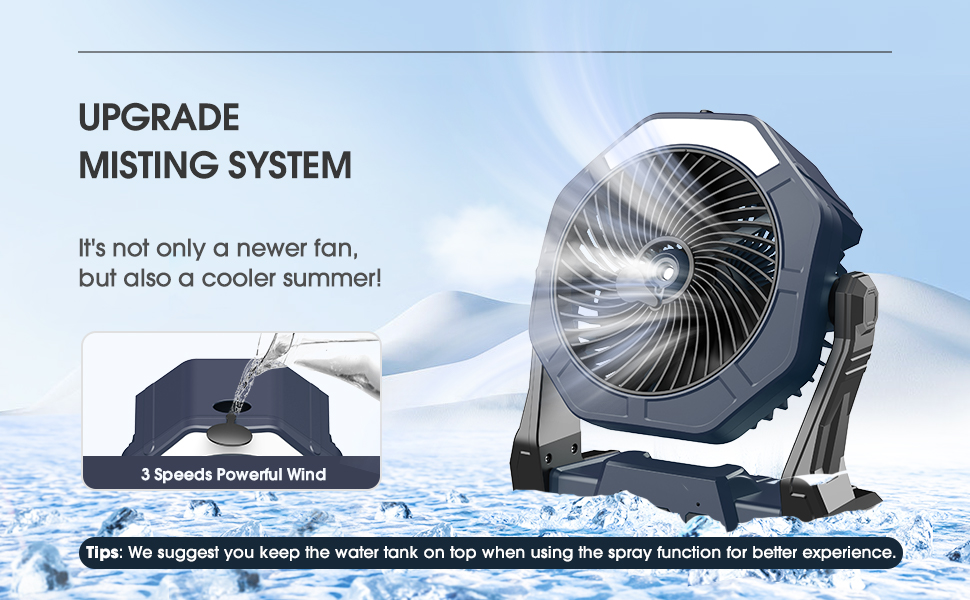
What it solves: For rooms or patios where warm air stagnates, this portable misting fan combines air movement with fine water mist to provide a refreshing cooling effect.
Why you need it: You might have a spot in your home (e.g., a balcony, near the kitchen or outdoor area) that overheats due to sun or poor ventilation. This product brings down perceived temperature and improves comfort without AC.
Product details: This model uses a built-in water tank and fan to circulate mist-cooled air. It’s portable and ideal for targeted cooling where airflow is limited.
Use case: Suppose you spend time working or relaxing on a balcony in the late afternoon when direct sun hits placing the misting fan there lets you use the space comfortably.
momax Ultra Freeze Portable Icy Cooling Fan
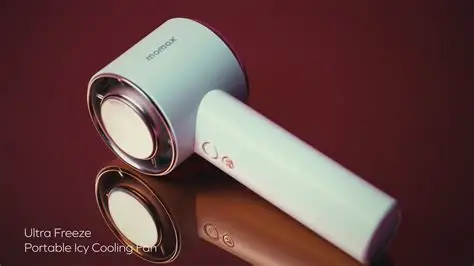
Ultra Freeze Portable Icy Cooling Fan
What it solves: Small rooms, desk areas or bedrooms often lack proper airflow this compact fan offers high portability and cooling performance without heavy power draw.
Why you need it: If you have a workspace or sleeping area in a top floor or near the roof where heat typically nests, this fan helps by circulating cooler air and reducing perceived temperature.
Product details: Lightweight, multiple speed settings, designed to direct airflow precisely and operate quietly for bedrooms.
Use case: If you find your bedroom becomes uncomfortably warm at night and the AC either isn’t installed or you prefer off-hours without it, this fan provides a cooler ambient air.
Aqua Air Tower Fan
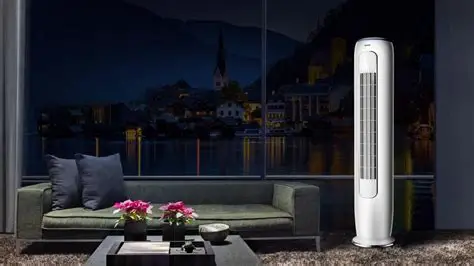
Tower Fan With Cool Air
What it solves: Larger rooms or open-plan areas struggle to stay cool because air becomes stagnant; a tower fan helps push air across the room and supports ambient comfort.
Why you need it: In a living room or lounge where multiple people congregate, temperatures rise due to body heat and reduced air movement. This product supports natural cooling by enhancing circulation.
Product details: Battery-powered or cordless options, vertical oscillation, remote control, and designed for quieter operation in living spaces.
Use case: If you live in an apartment or house where turning on AC for the entire space is unjustifiable, the tower fan helps create a comfortable zone for the family without heavy energy usage.
Arctic Air Turbo Chill XL Evaporative Air Cooler
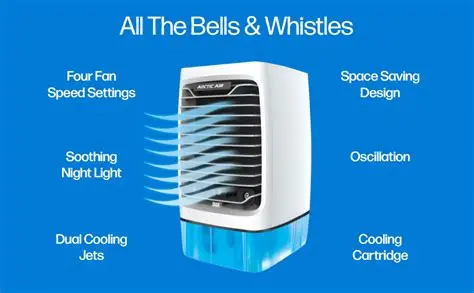
What it solves: In climates with lower humidity (or with ventilation that allows moisture escape), evaporative cooling provides cooled air passively. Instead of compressing refrigerant (AC), this draws water-evaporation based cooling.
Why you need it: If you live in a region where humidity is moderate and opening windows at night is feasible, this device lowers air temperature effectively. It offers a middle ground between fan and full AC.
Product details: Uses a water reservoir and fan combination; multiple modes and speeds; yellower than standard fan but significantly cooler result.
Use case: For a home in a tropical but ventilated area say, a house in Jambi with allowed window cross-ventilation this cooler helps reduce indoor heat load without the energy burden of AC.
BDF BRZ35 Window Film Bronze Sun & Heat Control
Ceramic Window Film Residential
What it solves: Windows that face direct sunlight allow large amounts of solar heat to enter and raise indoor temperatures rapidly. This reflective/tinted window film blocks a portion of that heat.
Why you need it: In rooms with large windows, a glazed façade, or west-facing exposures, reducing heat ingress is critical for comfort. Applying the film lowers cooling load and can be paired with natural ventilation.
Product details: Self-adhesive film, designed for home sliding windows or glass partitions. Bronze tone adds aesthetic while blocking heat and UV.
Use case: Suppose you have a living room with floor to ceiling glass and afternoon sun; applying the film helps reduce glare and heat while enabling daylight.
Additional low-tech smart strategies
Use summer-appropriate textiles
Switch to light-weight natural fabrics such as cotton or linen for bedding, curtains and upholstery. These fabrics breathe better and keep you cooler relative to heavy synthetics.
Manage heat sources and usage timing
Avoid using the oven, stove or other heat-generating appliances during peak heat hours; instead cook outdoors or use microwave/slow-cooker when possible.
Use plants and shaded exterior surfaces
Indoor and outdoor plants help via transpiration, and planting trees or vines on sunny walls/windows helps shade and cool your home naturally.
Benefits of using these cooling strategies and products
-
Energy savings: By relying on fans, ventilation, window films, and evaporative coolers, you use far less electricity than a central AC unit.
-
Improved comfort: Better airflow and lower heat ingress lead to cooler surfaces (walls, ceilings, floors) and less “stuffy” indoor environment.
-
Cost-effectiveness: Many of these solutions have moderate upfront cost and can pay for themselves via lower electricity bills and reduced maintenance.
-
Environmentally friendly: Less reliance on refrigerants, lower power draw, and more passive designs contribute to a lower carbon footprint.
-
Versatility and scalability: You can apply these methods room by room, rather than cooling the entire home at once. This gives flexibility.
-
Longevity: Products like window films and high-quality fans last many years, and installation of reflective surfaces or improved ventilation boosts the performance of the home for the long term.
How to implement your cooling plan & where to buy
-
Start with assessment: Identify the hottest rooms, sun-exposed windows, lack of airflow areas.
-
Measure: Determine window sizes for films, floor area for fans or coolers, validate power availability and water access (for evaporative devices).
-
Choose products appropriately: Use the product examples above as a guide. Ensure local compatibility (voltage, shipping to Indonesia, warranty).
-
Buy from trusted sources: Use international e-commerce platforms or local suppliers in Indonesia that import these devices. Always check shipping cost, import duties, and after-sales support.
-
Install or deploy:
-
For window film: Clean glass thoroughly, apply slowly, trim edges.
-
For fans/evaporative coolers: Place near windows/doorways for best airflow; fill water reservoir if applicable.
-
For misting fan: Ensure water supply and safe placement to avoid slipping or water damage.
-
-
Combine strategies: Use window film blinds fans ventilation for multiplicative effect.
-
Maintain: Clean fans, refill cooler tanks, inspect window films for bubbles, keep vents open and clear.
-
Evaluate performance: After installation, check indoor temperature and comfort. If still too warm, consider adding next layer (e.g., more shading, extra ventilation).
Frequently Asked Questions
Q1: Will these methods alone keep my home as cool as a full air-conditioning system?
A1: Not exactly. A full air-conditioning system can lower indoor air temperature significantly and control humidity. However, by combining good airflow, shading, reflective films, and targeted cooling devices, you can achieve a comfortable environment that reduces or avoids AC use for many hours of the day. The goal is comfort, not replicating the exact output of AC.
Q2: Do evaporative coolers work in humid climates like Indonesia?
A2: Evaporative coolers are most effective in dry to moderate humidity climates, because they rely on evaporation of water to cool air. In high humidity environments the effect is reduced. If your location is very humid, focus more on shading, window films, airflow and fans rather than relying solely on evaporation.
Q3: How do I decide between buying a fan, evaporative cooler, or window film?
A3: It depends on your specific problem:
-
If the issue is poor airflow or stagnant air: go for a fan (tower or portable).
-
If a large window or sun-exposed glazing is heating a room: install window film.
-
If you have moderate humidity and need a stronger cooling effect in a specific space: consider an evaporative cooler.
Ideally you use a combination: window film + fan + shading to cover multiple heat-entry paths.

